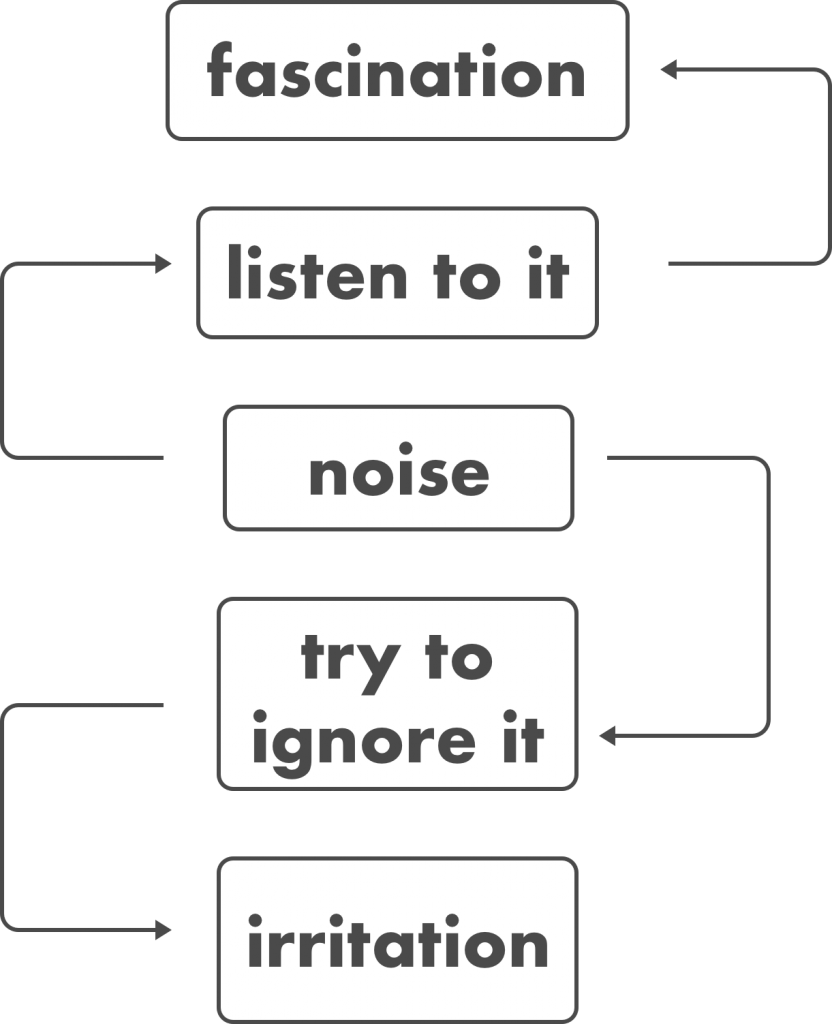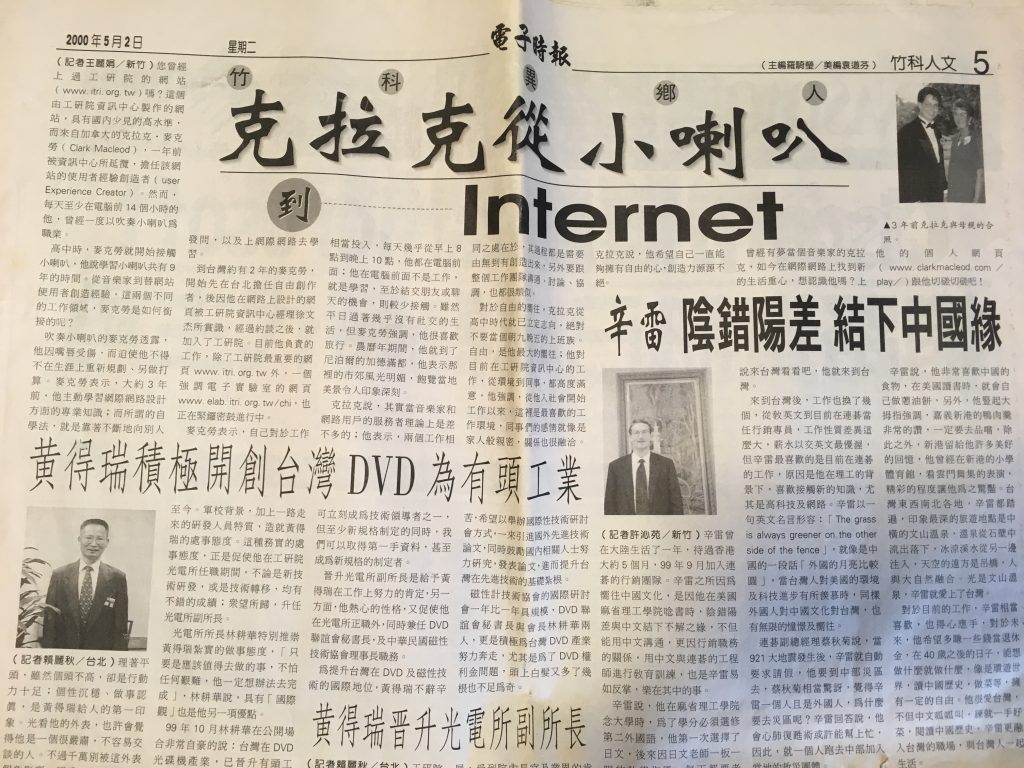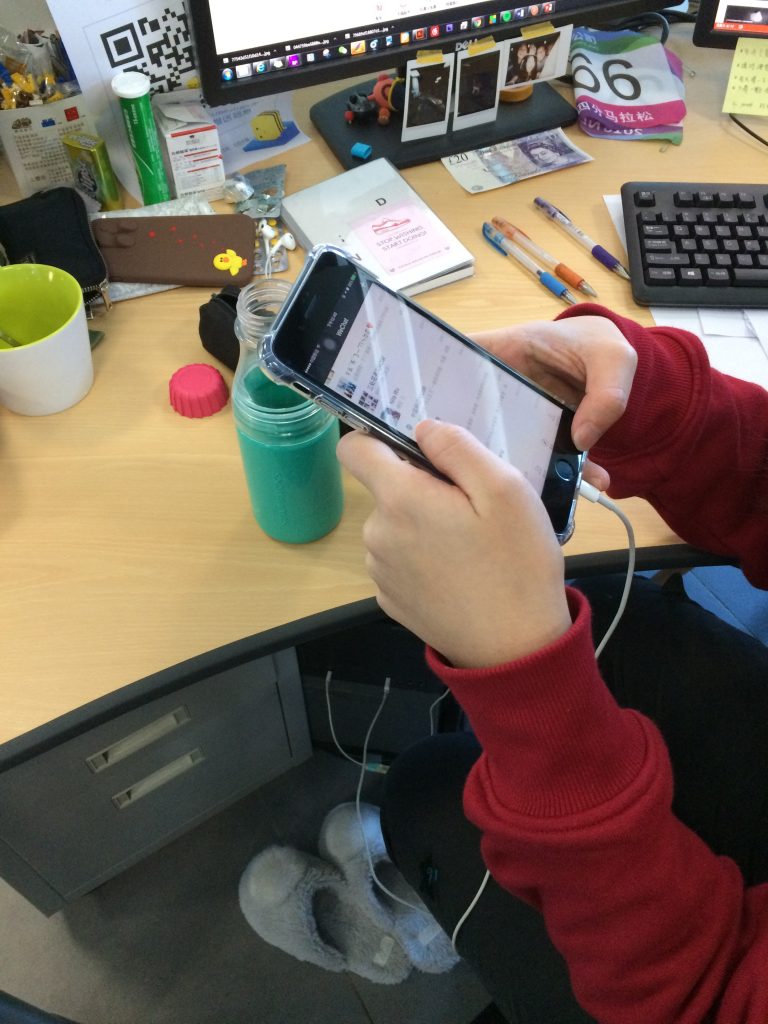The weekend started with me playing the role of the introvert, sitting on the sidelines, watching all the extroverts network, talk about school, and dev. related topics. In the sea of these people there was one other individual sitting by herself, ignoring the fray, and who I would team up with later to develop, or more accurately refine, a business plan she had.
I talked to a lot of people over the weekend, which for me is an accomplishment in itself, but which in combination with poor sleep, left me tired and required a morning respite in front of Netflix watching trashy TV.
My experience on the whole was very positive.
I’ve been apart of many similar activities, most involuntary and inside corporate R&D, and fuelled by crappy Dominos style food. It’s amazing how much difference the quality of food makes in an experience such as this. I’ve never attended any kind of design/dev event that has served food comparable to the lobster lasagna, fresh shucked oysters, sashimi, and hot sandwiches that were presented this weekend. There was copious amounts of fruit, fresh hot coffee and cold beer on tap. I commended every organizer that would listen, that the food served at this event was world class and absolutely delicious.
There was one aspect that proved to be a point of concern. Not everyone understands the whole pitch-startup culture and it’s rapid fire iteration and style of speaking. The people I teamed up with didn’t, and they are the people, in PEI at least, that may benefit from this kind of event the most. They were local, rural, and will stay such. The “CEO” of the team lives in the country, hires people from the area, and wants to expand. What better fit could there be for a startup event in PEI? Unfortunately, this lack of understanding, they registered at the last minute, meant that for much of the weekend I felt like an unpaid consultant, instead of someone practicing the development of a business idea. While it’s the responsibility of the participant understand what they are getting themselves into, some kind of quick refresher at the beginning might have proved valuable (not everyone reads all the text on a website).
Other than meeting so many interesting people, including our passionate “CEO” and the team, the highlight of the weekend was the opportunity to work with someone from an entirely different background, take them through an experience design process and come out of the process with agreement, understanding, focus, and new ideas for a business. I’ve worked with people in tech whose eyes gloss over when you talk about the value of personas, understanding your customers experience, and mapping out your customers journey through the use of a product. It can be very abstract to most and the value not readily apparent. While not applicable to every product, it worked extremely well in this context, and she, the CEO, understood its value almost completely. In the end, with the help of one of the many mentors, she came away with an entirely new potential revenue stream. I came away with some valuable new experience – it’s all too rare to have the opportunity to do this kind of work with passionate, strong people outside of the tech community.
I certainly look forward to participating again, in some capacity, in the future.




